These are the 5 most dangerous cities in Ohio. The ranking is based on a weighted average of violent and property crimes (violent being weighted 5 times higher) from the FBI’s UCR statistics from 2019.
#5 Moraine
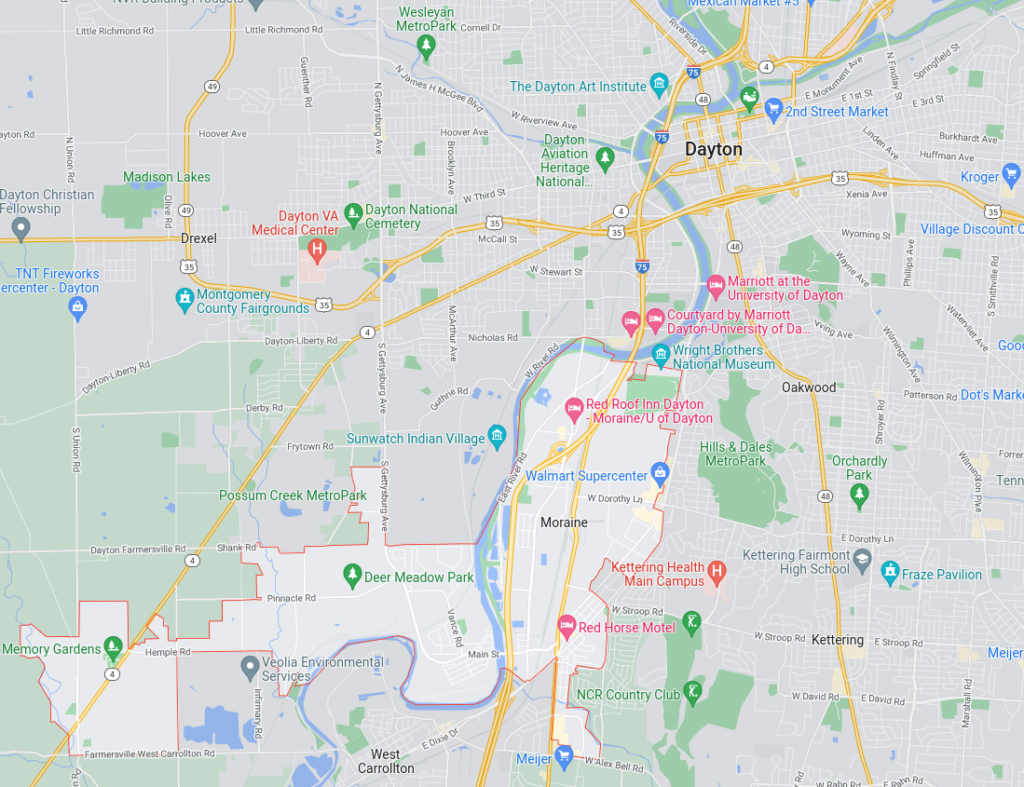
Moraine is an inner suburb town of Dayton with a population of about 6,500. It has a violent crime rate of 6.4 per 1000 residents (11th highest) and a property crime rate of 80 per 1000 residents (3rd highest). Much of the city is carved up by highways, train tracks, and the Great Miami River, and what’s left includes the county garbage dump facility and a recycling facility. The town’s borders also wrap around 3 sides of a landfill.
#4 Cleveland
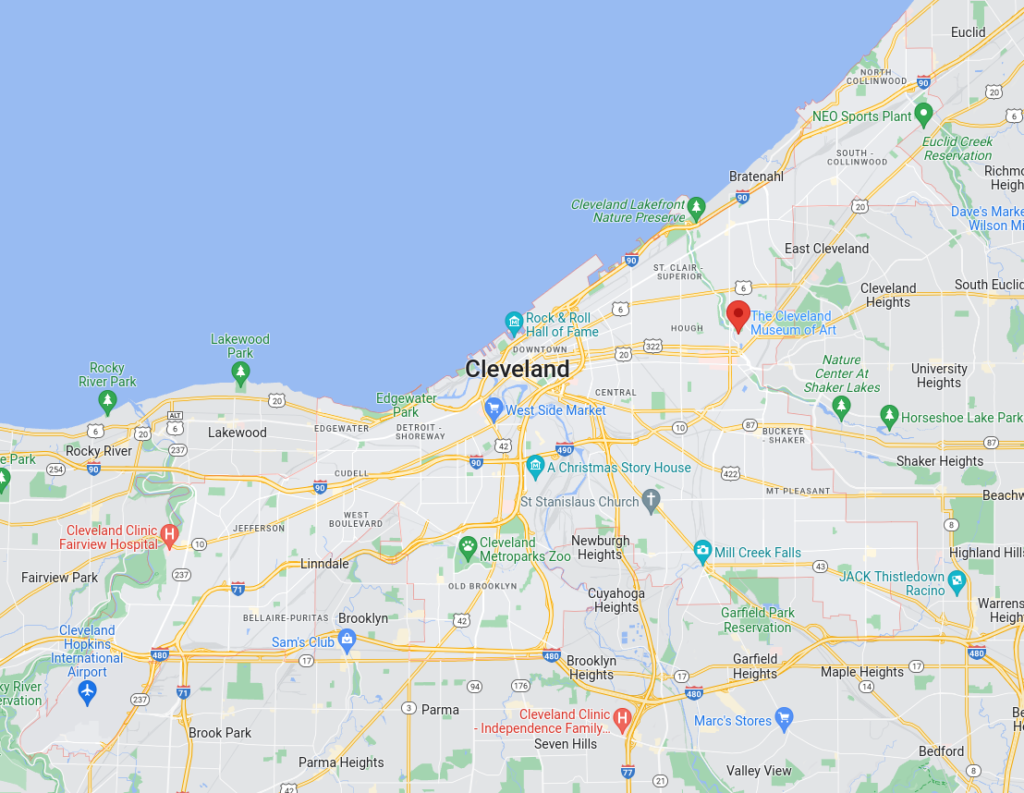
While Cleveland was once the 5th largest city in the U.S. (in 1920), its population has been declining since 1950. Interestingly, that means the city peaked some 10-30 years before manufacturing really started shifting overseas. As of last year (2021), the population was at just under 368,000 and is still declining.
The violent crime rate in Cleveland is higher than any other city in Ohio (15.2 per 1000 people).
#3 Canton
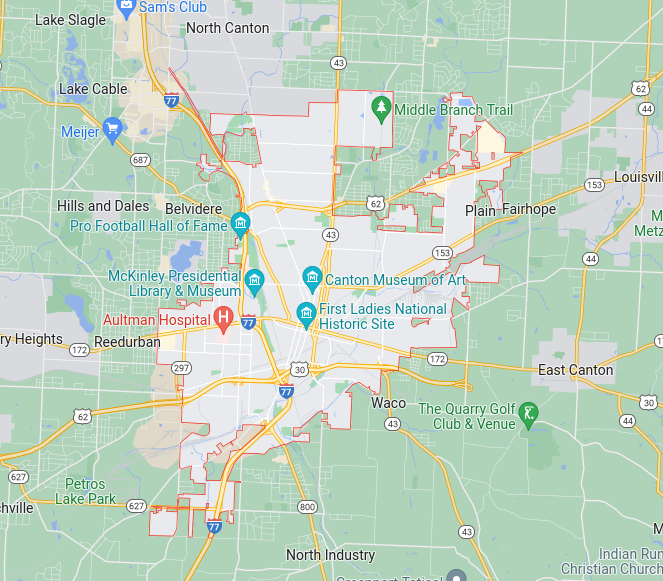
Canton has a population of about 70,000 people. It has the second highest violent crime rate (14 crimes per 1000 residents) and the 8th highest property crime rate (53 crimes per 1000 residents).
#2 New Boston
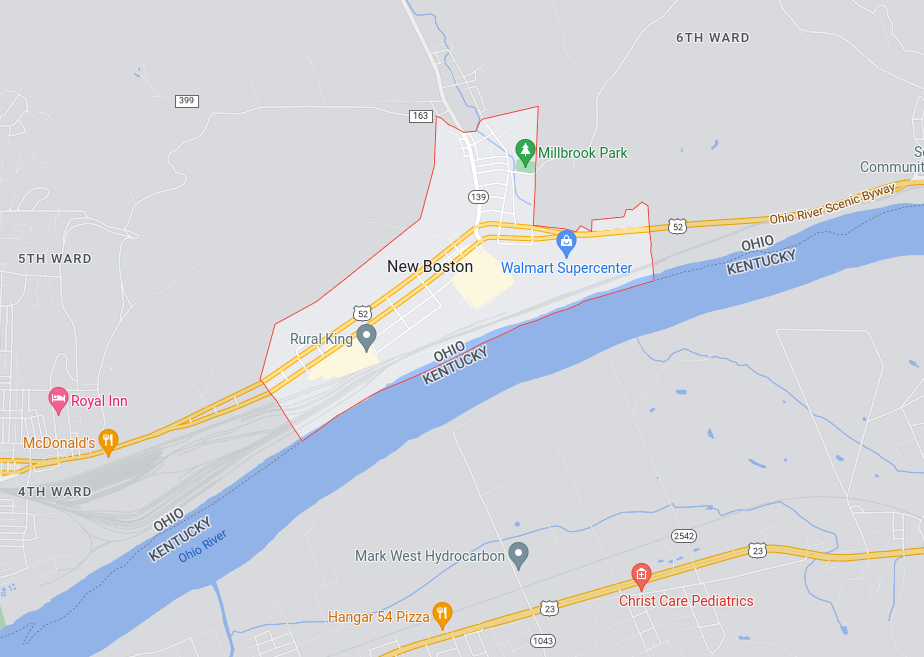
This small town of just 2093 people sits right along the Kentucky border and consists almost entirely of a train yard and a highway.
#1 Fairfax
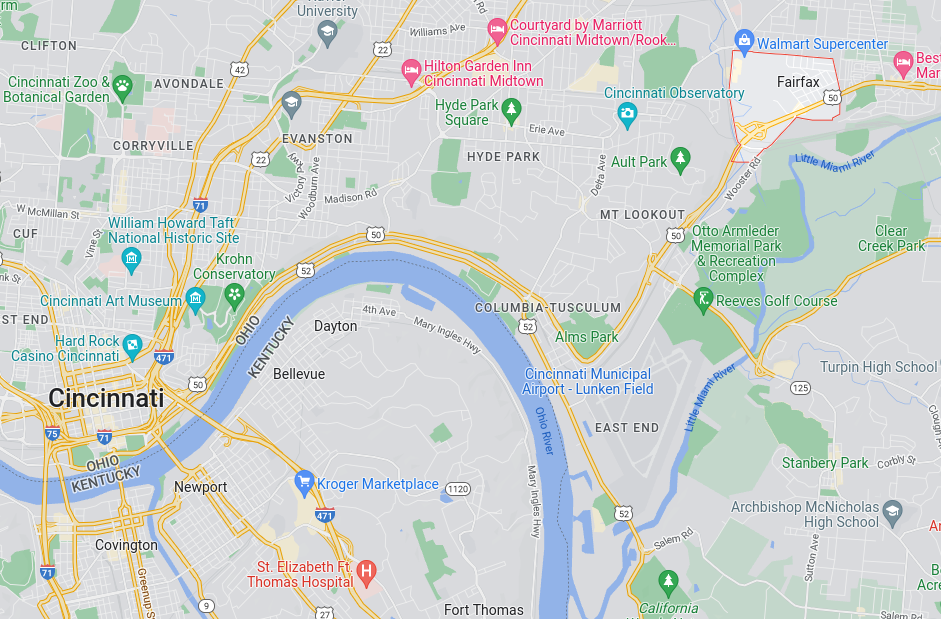
Fairfax is a small suburb city of Cincinnati. The violent crime is not bad, but more than 1 in 5 residents will be the victim of a property crime each year — the highest by far of any city in the state!
If you’re looking for your next real estate investment property in a market that’s cheap but doesn’t have excessive violent or property crime, email me through the form below. We have extensive economic, demographic, and crime data that we’ve used to help many investors find deals that fit their criteria all over the U.S. We can even help you find opportunity zone investments and properties that can be subsidized by local governments.